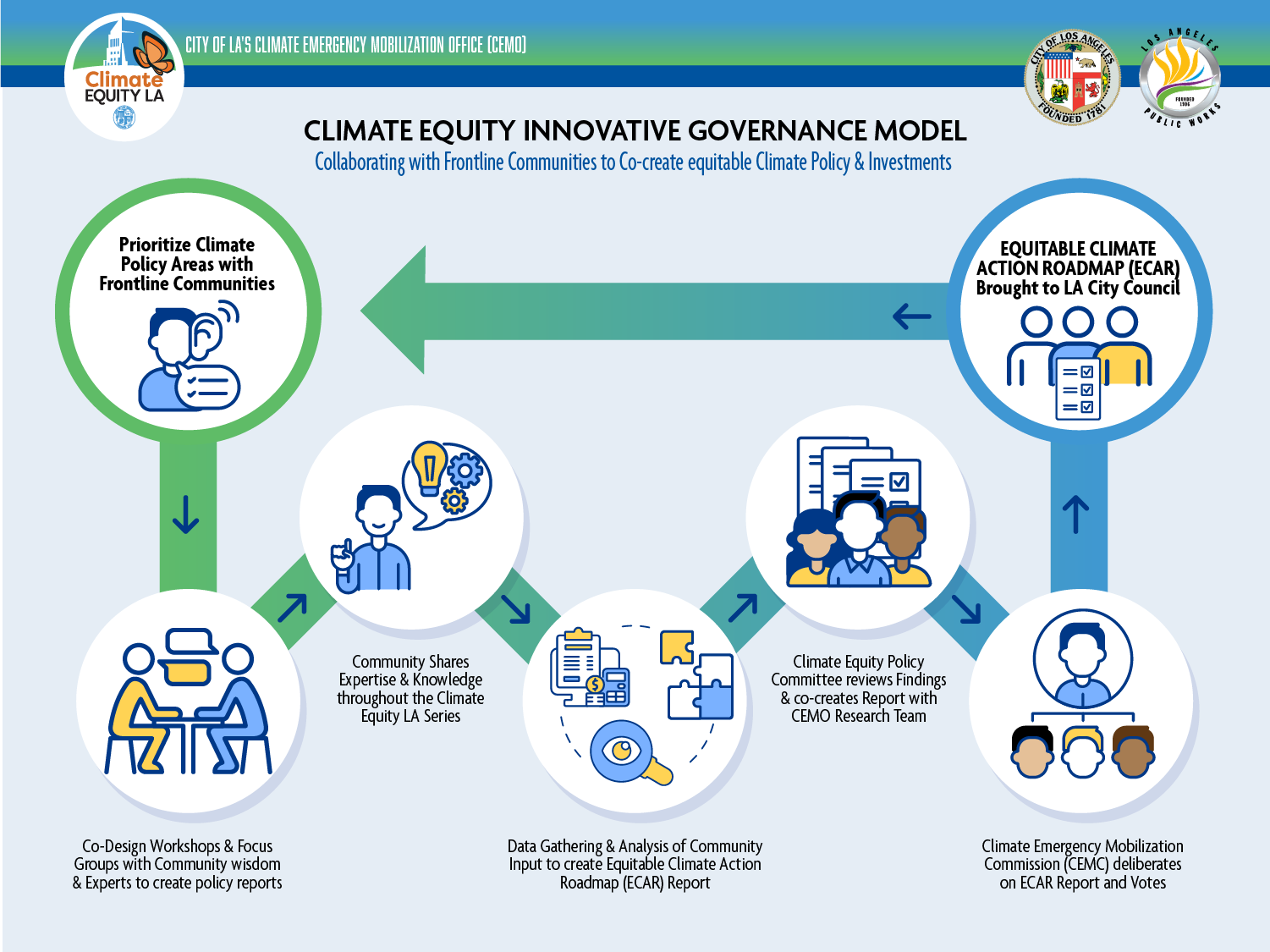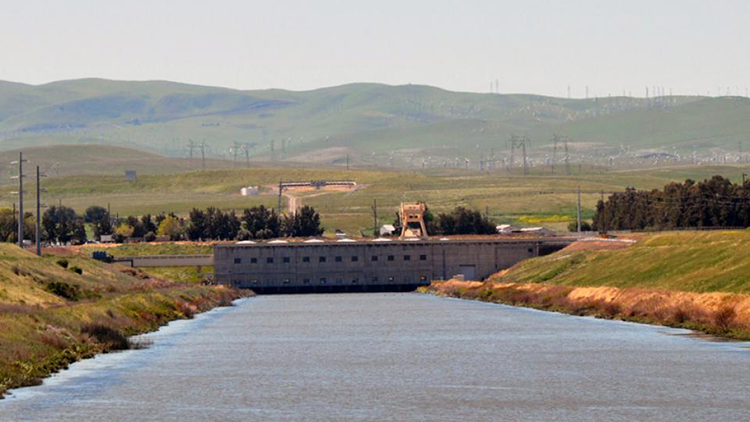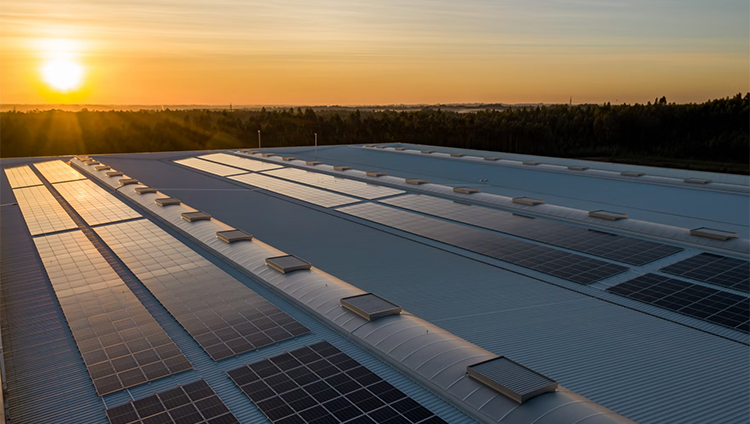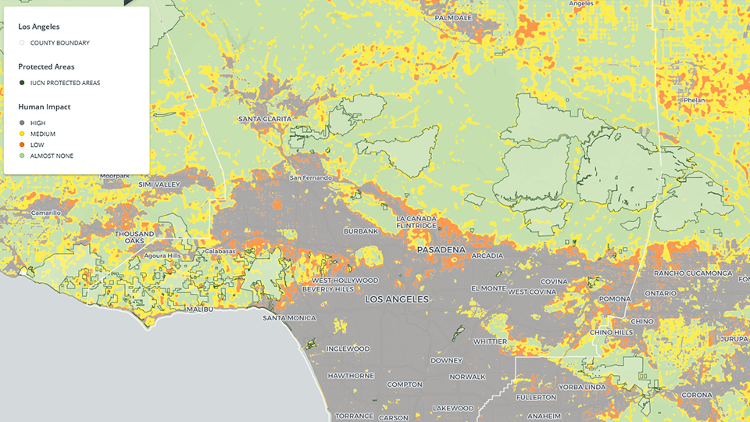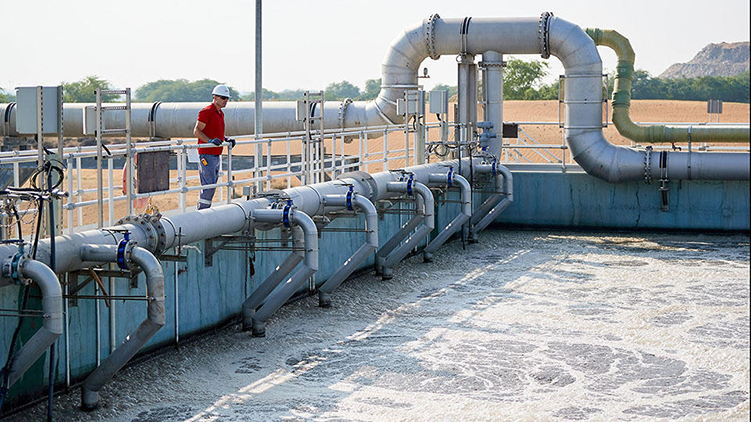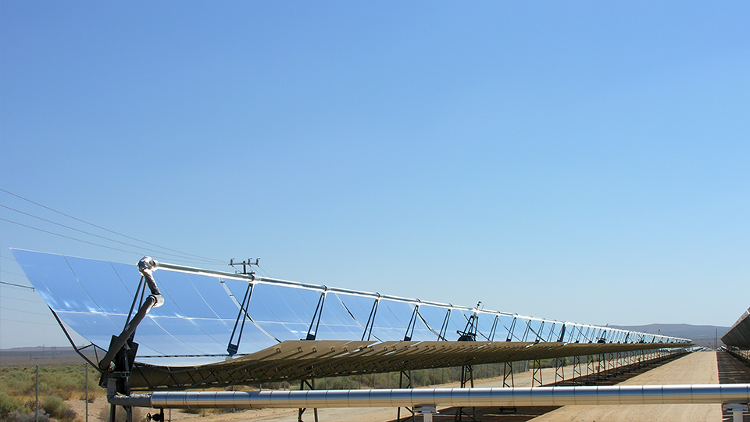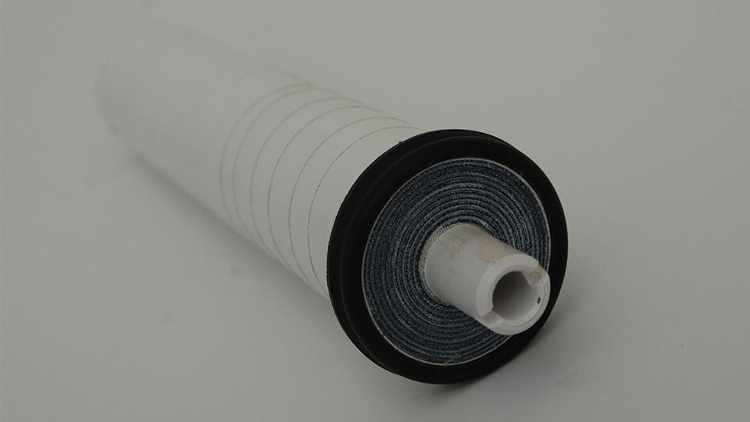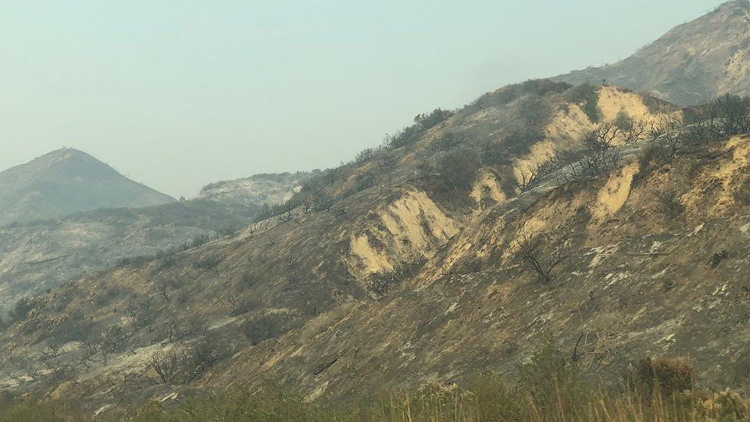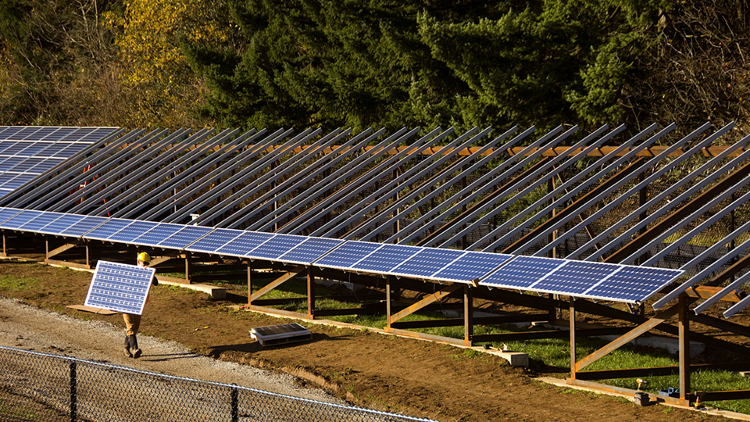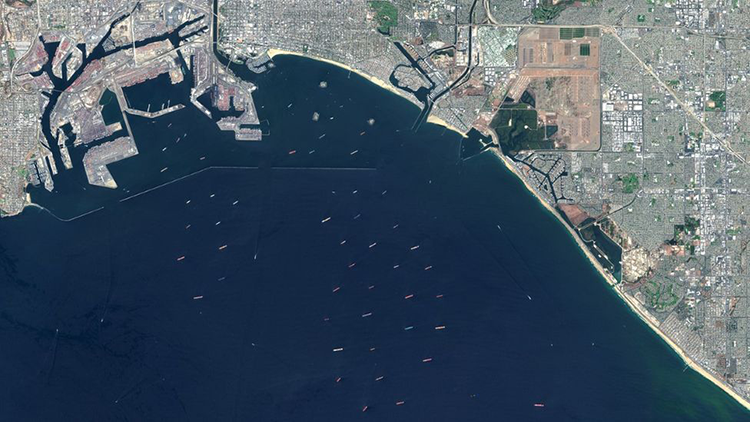Southern California experienced a significant drought from 2012 to 2016, which was exacerbated by warming due to climate change. Defined by unprecedented high temperatures and low annual precipitation, it was the driest four-year span in the last 1,200 years. As a result, overall vegetation health and cover has most likely been affected (e.g. decline in greenness, high vegetation mortality in chaparral-dominated communities). Changes in vegetation health and cover create favorable conditions for wildfires and landslides. These changes threaten both the stability of the natural environment and the structures that depend on it, such as built electricity generation plants, power lines and pipelines. Because these types of infrastructure are often located on or run through wildland areas, changes in vegetation, wildfires and landslides can impact the region’s energy supplies. To better understand these impacts and assess Los Angeles County’s energy supply vulnerabilities, researchers analyzed the impacts of the 2012-2016 drought on vegetation health and cover using satellite and geospatial environmental data.
